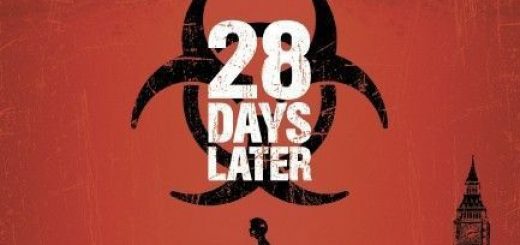Contagion explores desperation, redemption
by Vanessa Gillard
Arts Editor
It wasn’t so long ago that people didn’t have the option to stand in line for hours and hours for a flu shot.
People didn’t have antibacterial options for everything from eyedrops to floor detergents, people coughed into their hand instead of their sleeve, and a child’s fever was treated with a hot bath and rest rather than a paniced trip to the doctor.
It seems some are being trained to believe that sickness is lurking in every crevice of every surface, handshake and minor social exchange. Is it coincidental that Steven Soderbergh’s Contagion happened to be released just as the chill of autumn and hence flu season are upon us?
Contagion is an exploration of mortality, fear, panic and the desperation accompanying the idea that as much as we like to believe we are more in control of our fate than ever before that a virus is a more viable and illusive threat to our lives than any terrorist, any mysterious backpack, any thump in the night.
After the supposed overreaction by the WHO in dealing with the most recent swine flu, people may be slightly desensitized to the idea these mutations are a very real threat.
A stark reminder of how real it is, the Spanish influenza killed one per cent of the world’s population in 1919. The spread was accelerated like never before because hundreds of thousands of people moving across oceans and continents after WWI.
Travel being what it is today, the spread would be considerably faster and even wider ranging.
The film begins on day two of the outbreak and continues at a breakneck pace for the entire two hours, which speaks to the rate people infect each other. The ensemble cast and layered plotline is reminiscent of Traffic, Soderbergh’s four-time Academy Award- winning film in 2000.
The story starts with Beth Emhoff’s (Gweneth Paltrow) business trip to Hong Kong where she enjoys a pork dish during a night out with clients. On a layover in Chicago, she sleeps with an ex-boyfriend and returns to her husband and two children in Minneapolis where she dies suddenly.
Doctors are at a loss and when Beth’s husband Mitch (Matt Damon) returns home his son is dead as well.
The loss is incredibly tangible in Damon’s performance and he continues to wrestle with the safety of his remaining child, a teenage daughter.
As compelling as this narrative concerning a family torn apart is, the rest of the film chronicles those on the front lines of the quarantine and how they track down the origin of the contagion as it were. Kate Winslet plays Erin Mears who is a medical-intelligence specialist and works to set up emergency medical centers while attempting to locate the source of the sickness.
She is a strong and selfless character who is consistently dealing with the politicking and ignorance of a bureaucracy that fights her attempts to gather resources.
As scientists try to find the source, so they can create a serum, more people fall ill with symptoms of severe flu followed by seizures and finally death.
As the serum continues to elude officials, the public turns in a looting desperate mob, and one of the more interesting aspects of the film is Jude Law’s character, a blogger who becomes something of a pariah to this mob touting that he knows what the cure is.
Overall, the film is brilliant in never taking the theme to a melodramatic place, which could have trivialized the entire theme.
Each of Soderbergh’s character studies are essential to this story and the overall effect is one of human tragedy, vulnerability and a rebuilding of civilization as we’ve come to know with massive human loss and redemption, and really brings a new appreciation of what the concept of gratitude.



